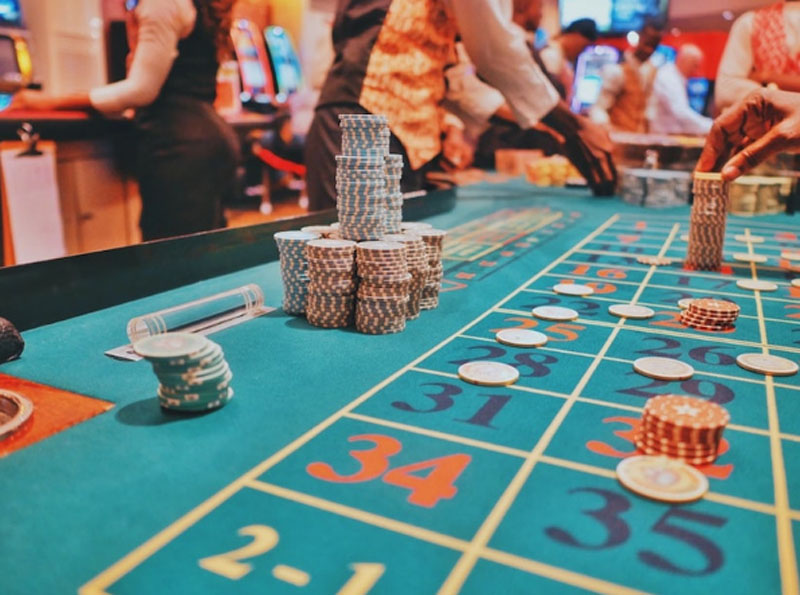In the thrilling world of online poker, where fortunes can be won or lost with the click of a mouse, mastering the art of bluffing is essential for any aspiring player. Bluffing is a deceptive move that can make or break your game, turning a losing hand into a winning one. However, it is a double-edged sword, and a poorly executed bluff can drain your bankroll faster than you can say all-in. To truly turn bluffs into bucks, you need a well-thought-out strategy that combines psychology, timing, and a deep understanding of the game. First and foremost, successful bluffing starts with a strong foundation in poker fundamentals. Before attempting any bluffs, ensure you have a good grasp of the rules, hand rankings, and basic poker math. This knowledge will be your compass as you navigate the treacherous waters of bluffs and blunders. It is crucial to understand the strength of your hand relative to the community cards on the board and to be aware of the potential hands your opponents might hold.
Psychology plays a pivotal role in bluffing. You must create a persona at the poker table that confounds your opponents. Consistency is key; if you are known as a tight, conservative player who only bets when they have a strong hand, your bluffs will be more convincing when you decide to step out of your comfort zone. The timing of your bluffs is also crucial. Wait for the right moment, typically when the board presents opportunities for strong hands that you could conceivably hold. Remember that bluffs are a tool in your arsenal, not your primary strategy. Mix them in sparingly to keep your opponents guessing. One powerful bluffing technique is the continuation bet c-bet. This move involves betting on the flop after raising pre-flop, even if the flop does not improve your hand. The c-bet puts pressure on your opponents, forcing them to make a quick decision. If they have weak hands, they will often fold, allowing you to win the pot without a fight.

Another bluffing weapon is the semi-bluff ป๊อกเด้งออนไลน์. This involves betting with a hand that has the potential to improve on later streets, such as a flush or straight draw. By semi-bluffing, you not only apply pressure to your opponents but also give yourself a chance to win the pot if your draw comes in on the turn or river. Calculating your pot odds and implied odds is crucial when employing this strategy, as you want to ensure that the potential reward justifies the risk. Remember that successful bluffing requires adaptability. As your opponents become familiar with your style, you must be ready to adjust your strategy. If you have been bluffing frequently, consider tightening up and playing more conservatively for a few rounds to regain your opponents’ trust. Conversely, if you have been playing a tight game, surprise your opponents with a well-timed bluff to keep them on their toes.
